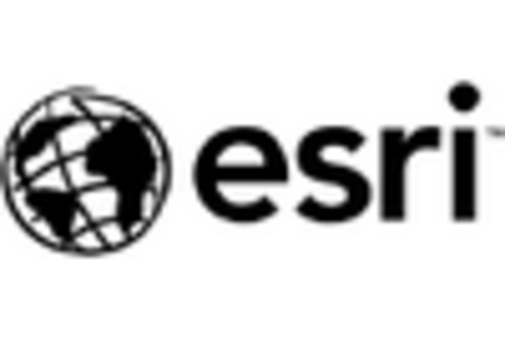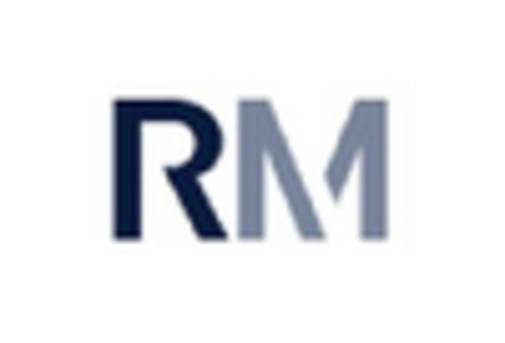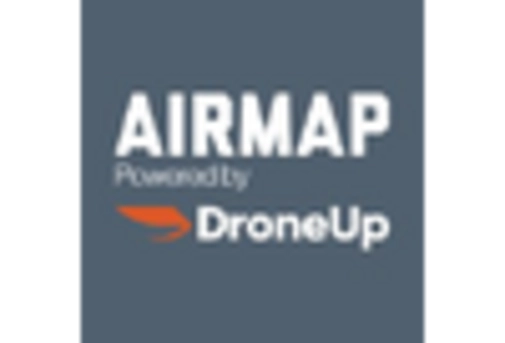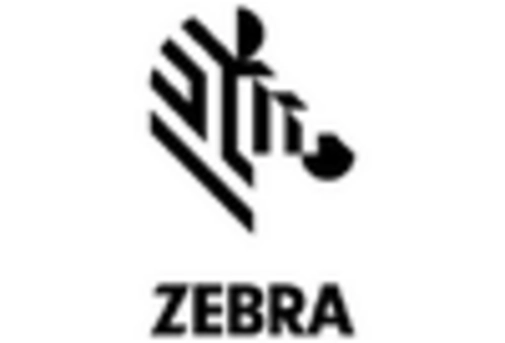The Mexico Geofencing Market is an emerging segment within the broader context of location-based services, driven by the rise in mobile device usage and advancements in GPS technology. This market allows businesses to target consumers more effectively by creating virtual boundaries, enabling tailored marketing strategies and real-time interaction. Competitive dynamics in this market are shaped by various factors including technological advancements, regulatory developments, and the growing demand for data-driven marketing solutions.
Companies are racing to integrate geofencing capabilities with other technologies such as artificial intelligence and big data analytics to leverage consumer insights and enhance customer engagement, making the competitive landscape increasingly dynamic and innovation-driven.In the context of the Mexico Geofencing Market, AT&T stands out due to its extensive infrastructure and significant market presence. The company leverages its robust telecommunications network to offer geofencing solutions that cater to various industries, including retail, automotive, and logistics. AT&T's strengths include a wide array of partnerships with local businesses, enabling them to implement effective location-based marketing strategies.
Additionally, the company emphasizes strong customer support and service delivery, which further strengthens its position in the competitive landscape. With continuous investments in network upgrades and innovations, AT&T maintains a competitive edge and facilitates advanced geofencing applications that optimize customer reach and engagement.Hexagon, operating within the Mexico Geofencing Market, showcases its capabilities through a comprehensive range of solutions that focus on geospatial data and location intelligence. The company is known for its innovative software and technologies that help organizations manage geofencing applications effectively.
Hexagon's strengths include its high-quality data analytics services and the ability to integrate geospatial insights into various operational processes.
The company has pursued strategic partnerships and alliances, as well as mergers and acquisitions, to expand its footprint in the region, enabling it to enhance its offerings in the geofencing domain. By focusing on industries such as agriculture, transportation, and public safety, Hexagon aims to address specific market needs and provide tailored solutions that leverage geofencing technology for optimized operations and improved decision-making within Mexico.
























Leave a Comment